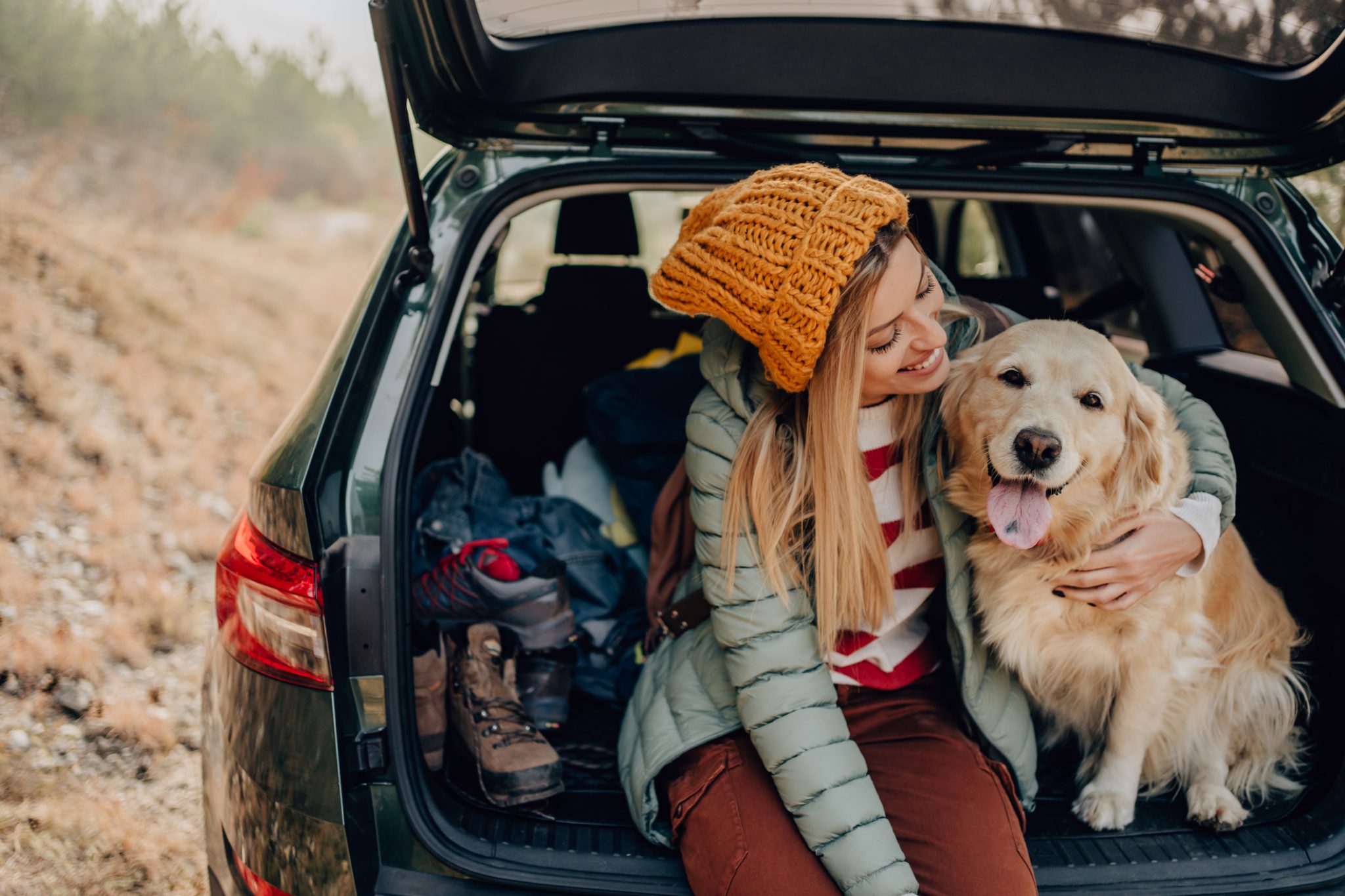
With the season coming to a close many of our winter residents will be getting ready to head back up north, and with them go their 4 legged companions. This type of travel can be highly stressful for both you and your pets. The most important thing you can do is to plan ahead. Being prepared can not only decrease your stress level but improve your pets’ safety. Knowing what to expect when traveling with a pet can make all the difference.
Regardless of what your chosen mode of transportation is or where you plan on traveling pet identification is of utmost importance. Microchipping is the easiest and most sure proof way you can ensure in the event of separation your pet can be safely returned to you. Since it is implanted beneath the skin it cannot be lost or removed. I also recommend having your pet wear a collar with your name and phone number on it. You can also use a temporary travel tag that has your cell phone number and the phone number at your destination.
Tips For Traveling With Pets By Air
Calling your airline prior to the flight is necessary for planning ahead. They can tell you any pet size restrictions for riding in the cabin, sedation restrictions, vaccinations and health certificate requirements, and what will happen in the event of delays.
See your Veterinarian. We can discuss any health concerns you may have regarding your pet for flight. We can provide a health certificate dated 10 days prior to the flight and print a travel copy of your vaccination records in case you are asked for proof of vaccination along the way. If you are flying internationally make sure to contact your vet at least 6 months in advance as depending on the country there may be prior testing required for travel.
Identify your pet’s crate properly. If flying in cargo or even in the cabin make sure to place a large “live animal” sticker on your crate as this signals that there is an animal present and to handle with care. Affix a label or tag including your name, phone number and address is always a good idea in case of separation.
Try to book a direct flight if possible. The more layovers you have the more time your pet will be restricted to a crate. Also, some airlines do not allow you to take your pet out of a carrier for bathroom breaks if in cargo.
Tips For Traveling With Pets By Car
Again pre-planning prior to starting your journey can make all the difference especially for long road trips.
Safety first. There are many devices on the market that allow our pets to be buckled in during a car trip and it is my belief that it is just as important for them to wear their seatbelt as it is for you. If your pet is very active, like mine and will not sit in a car seat, then placing them in a crate in the back seat will be the safest for both the driver and pet.
Never leave your pet alone in a vehicle. In a previous article, I discussed the dangers of elevated temperatures in closed cars. Heat stroke and exhaustion are life-threatening and require immediate veterinary attention. Even on a cool day, these risks exist.
Prepare a pet travel kit. This can include a pet first aid kit with any medications they are on, vaccination records, Benadryl, and bandages. Also pack their food bowls, extra food, travel water dish, extra leashes, and plastic bags for waste.
Make sure your pet is well exercised prior to getting in the vehicle. A relaxed and tired pet will rest more comfortably in a car than an anxious rowdy one.
For pets, traveling can be an enjoyable experience when we take time and proper planning. Staying positive and keeping the energy light will improve your pets’ mood and the overall outcome of your trip.
Safe Travels!
